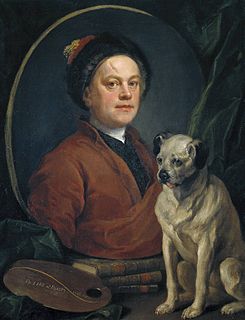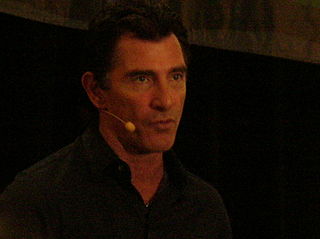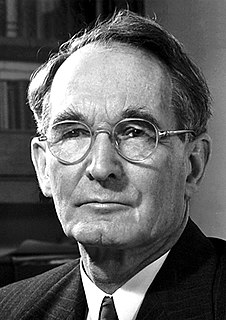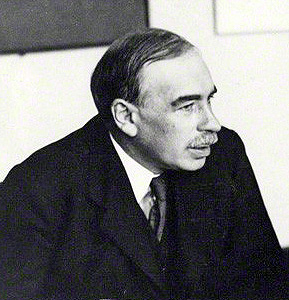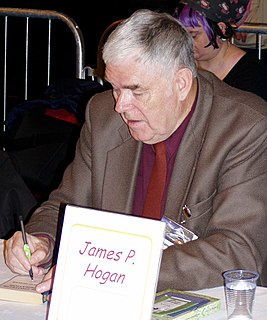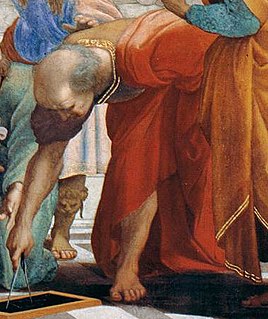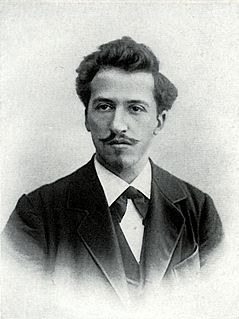A Quote by William Hogarth
Straight lines vary only in length, and therefore are least ornamental.
Quote Topics
Related Quotes
Concrete you can mold, you can press it into - after all, you haven't any straight lines in your body. Why should we have straight lines in our architecture? You'd be surprised when you go into a room that has no straight line - how marvelous it is that you can feel the walls talking back to you, as it were.
To find the length of an object, we have to perform certain physical operations. The concept of length is therefore fixed when the operations by which length is measured are fixed that is, the concept of length involves as much as and nothing more than the set of operations by which length is determined.
The classical theorists resemble Euclidean geometers in a non-Euclidean world who, discovering that in experience straight lines apparently parallel often meet, rebuke the lines for not keeping straight as the only remedy for the unfortunate collisions which are occurring. Yet, in truth, there is no remedy except to throw over the axiom of parallels and to work out a non-Euclidean geometry.
Scientists are the easiest to fool. ... They think in straight, predictable, directable, and therefore misdirectable, lines. The only world they know is the one where everything has a logical explanation and things are what they appear to be. Children and conjurors-they terrify me. Scientists are no problem; against them I feel quite confident.
The light for drawing from nature should come from the North in order that it may not vary. And if you have it from the South, keep the window screened with cloth, so that with the sun shining the whole day the light may not vary. The height of the light so arranged as that every object shall cast a shadow on the ground of the same length as itself.
I came to the destruction of volume by the use of the plane. This I accomplished by means of lines cutting the planes. But still, the plane remained too intact. So I came to making only lines and brought the colour within the lines. Now the only problem was to destroy these lines also through mutual oppositions.
